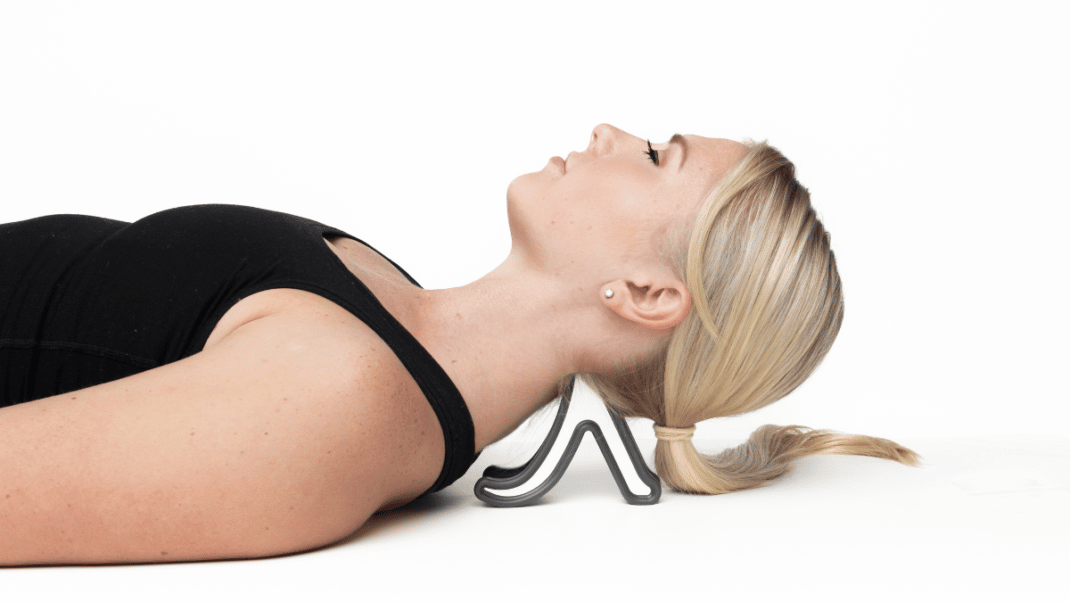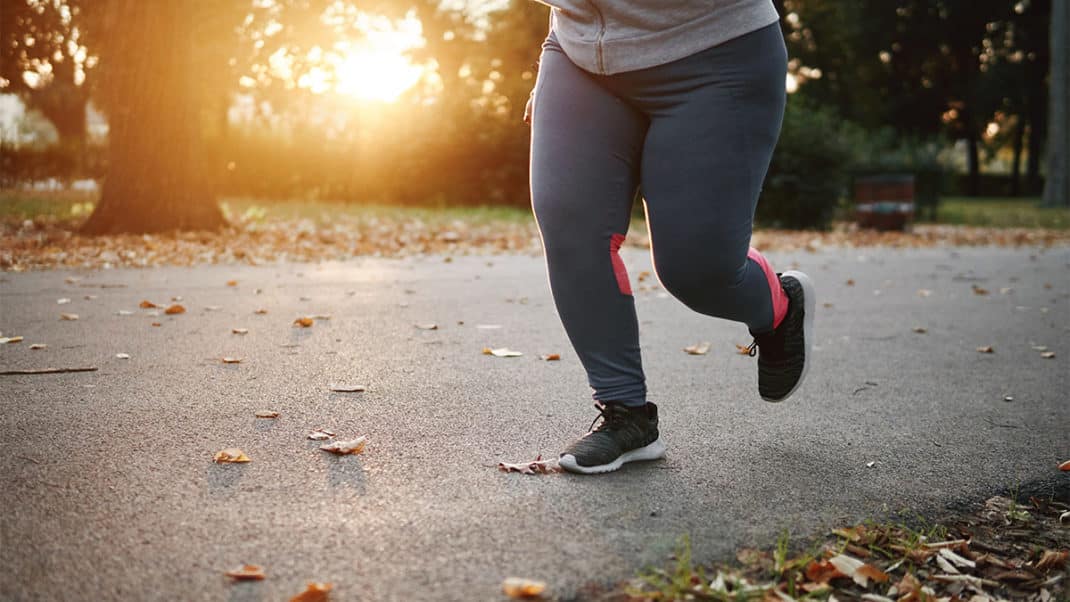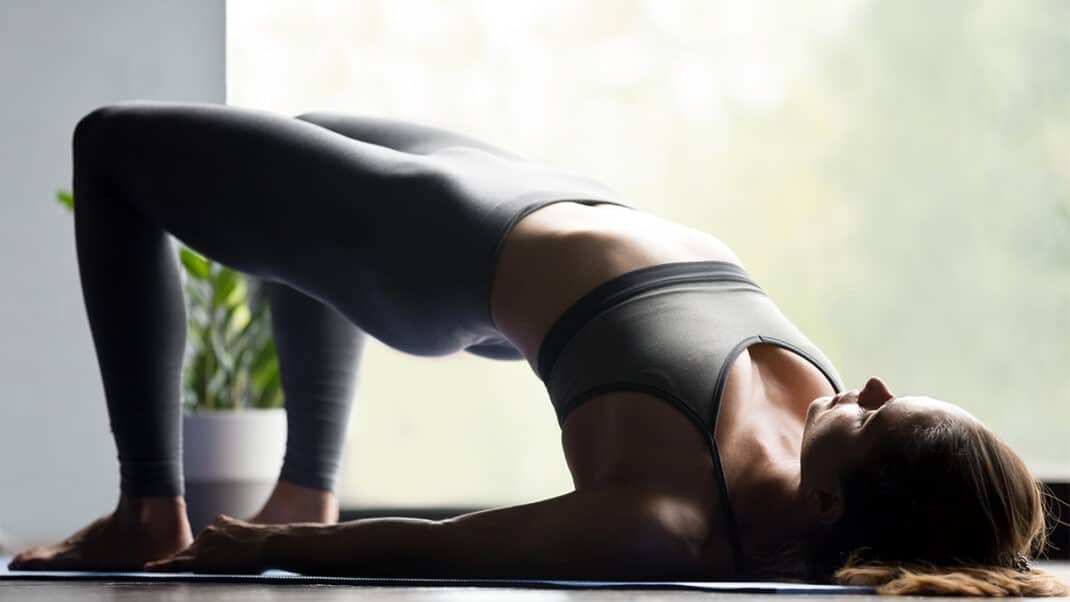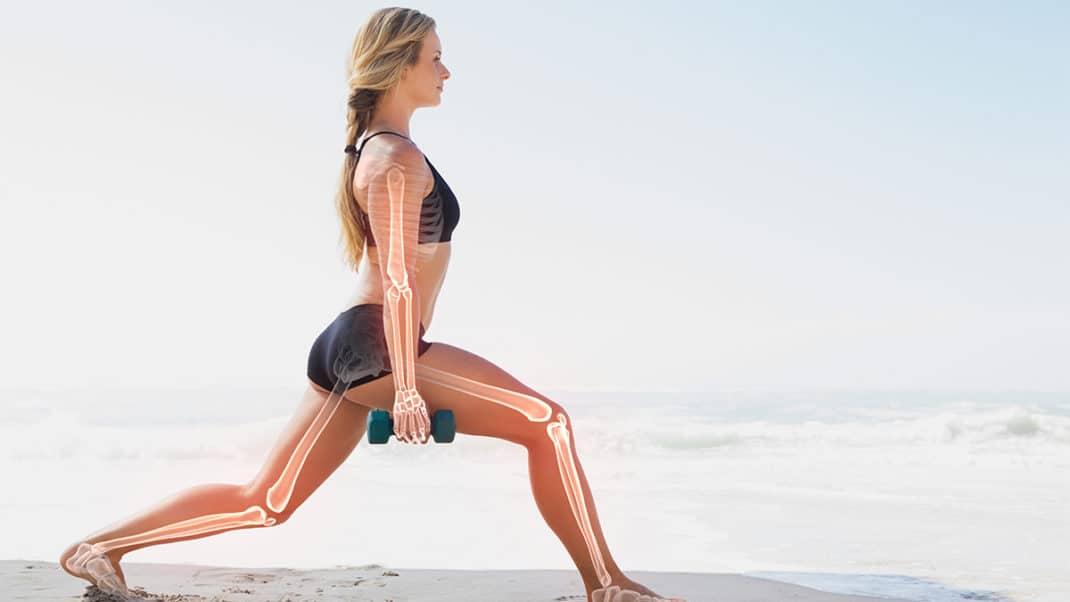Tips for Better Posture
Changes in your daily habits can help improve posture and alleviate pain.

The word posture—and seeking better posture—tends to evoke the image of a schoolgirl standing perfectly erect with a book on her head. But, more accurately, static posture refers to the way you hold your body when sitting, standing or sleeping. Unfortunately, the accumulated effect of incorrect positioning in these activities can lead to prolonged damage to both muscles and fascia—and that can lead to pain!
May is National Posture Month, so it’s a great time to learn some ways to improve daily posture habits and relieve some of the pain and imbalances. Justin Price, MA, creator of The BioMechanics Method® Corrective Exercise Specialist (TBMM-CES) program—the fitness industry’s highest-rated specialty certification—and author of several books including the esteemed academic textbook The BioMechanics Method for Corrective Exercise, offers the following suggestions.
Changing Daily Habits for Better Posture
Here are some simple adjustments you can make that can alleviate some of the problems caused by prolonged seated, standing and sleeping postures.
Sitting
- Get out of your chair several times a day to promote hip/leg and spine extension.
- Convert your workspace to a standing desk.
- When possible, walk instead of driving.
- Change chairs and positions often, or alternate sitting on a stability ball with sitting on an office chair.
- Check and/or adjust the positioning and alignment of your computer monitors, telephones, steering wheels, chairs, televisions, computer accessories and keyboards.
Standing
- Become aware of habits like shifting weight from side to side when standing.
- Learn about good footwear choices, and gradually incorporate healthy footwear changes into your daily life.
- Pay attention to your upper-body postures when standing. Crossing your arms, talking on a cell phone, carrying a heavy bag on one shoulder or putting your hands in pockets can all create problematic shifts or fascial restrictions in the body.
Sleeping
- Sleep in a supine position on a bed that is firm enough so that neither your lower back nor thoracic spine sinks into the mattress. If you feel uncomfortable in this position, place a wedge or pillow(s) under your knees to posteriorly tilt the pelvis (helping to keep the lumbar spine and pelvis nearer to a neutral position). Start off in this position for just a few minutes a night and gradually increase the amount of time you spend this way. As the structures of your lumbar spine begin to adjust, you can reduce the height of the pillow under your knees.
- Choose a pillow thickness that puts your eyes in a position that is perpendicular to the ceiling. This supports the back of your neck and head. Ensure that the pillow is not so thick that it pushes your head too far forward.
- If you’re a side-sleeper, place a pillow between your knees to keep the top leg in line with the hip socket. Your pillow should be thick enough to keep your head in line with your spine.
See also: Posture Correction for Static Damage
Recommendations for Relief
Here are some things you can do to alleviate some of the musculoskeletal imbalances (and pain!) caused by extended static postures.
Trigger-Point Massage
This trigger-point massage technique rejuvenates and regenerates the muscles and fascia on the back of the neck. These are areas that can get chronically shortened from arching your neck back and up to look at a computer screen. Apply steady pressure to any sore spots you feel on the back of the neck from the top of the shoulders all the way up to the base of the skull. Perform for 3–5 minutes daily.
Foam Roller Technique
This myofascial release technique reduces muscle tension and fascial restrictions in the soft-tissue structures of the thoracic spine. The roller also acts as a fulcrum to create extension in the thoracic spine. Lie back over the foam roller with your head supported. Posteriorly tilt (i.e., tuck under) the pelvis to reduce the tendency to arch the lower back. Roll from the midback up to the shoulders while remembering to inhale and exhale. Perform for 2–3 minutes daily.
Justin Price, MA
Justin Price, MA, is creator of the BioMechanics Method® Corrective Exercise Specialist (TBMM-CES) program, the fitness industry’s highest-rated CES credential, with trained professionals in 80 countries. He is also the author of several books, including The BioMechanics Method for Corrective Exercise academic textbook, and he was awarded the 2006 IDEA Personal Trainer of the Year. He has served as a subject matter expert for numerous brands and media organizations including ACE, TRX® and BOSU®; the BBC, Discovery Health and MSNBC; Arthritis Today, Men’s Health, Newsweek, Time, WebMD and Tennis; and Los Angeles Times, The New York Times and Wall Street Journal. Learn more about The BioMechanics Method®




